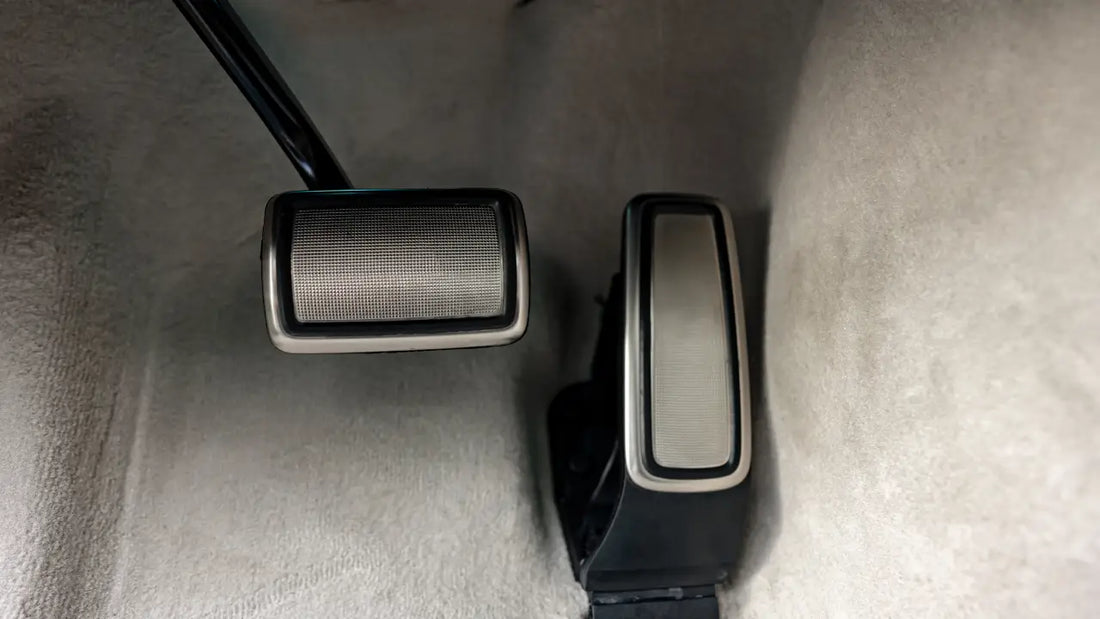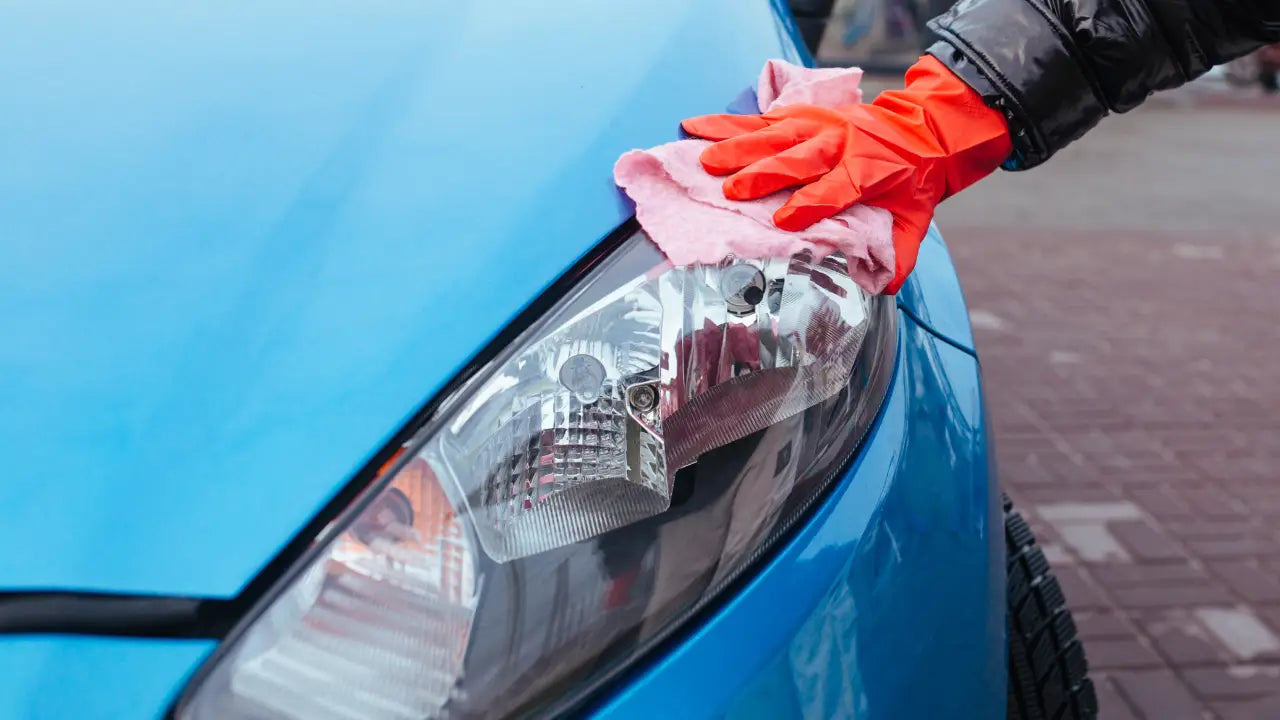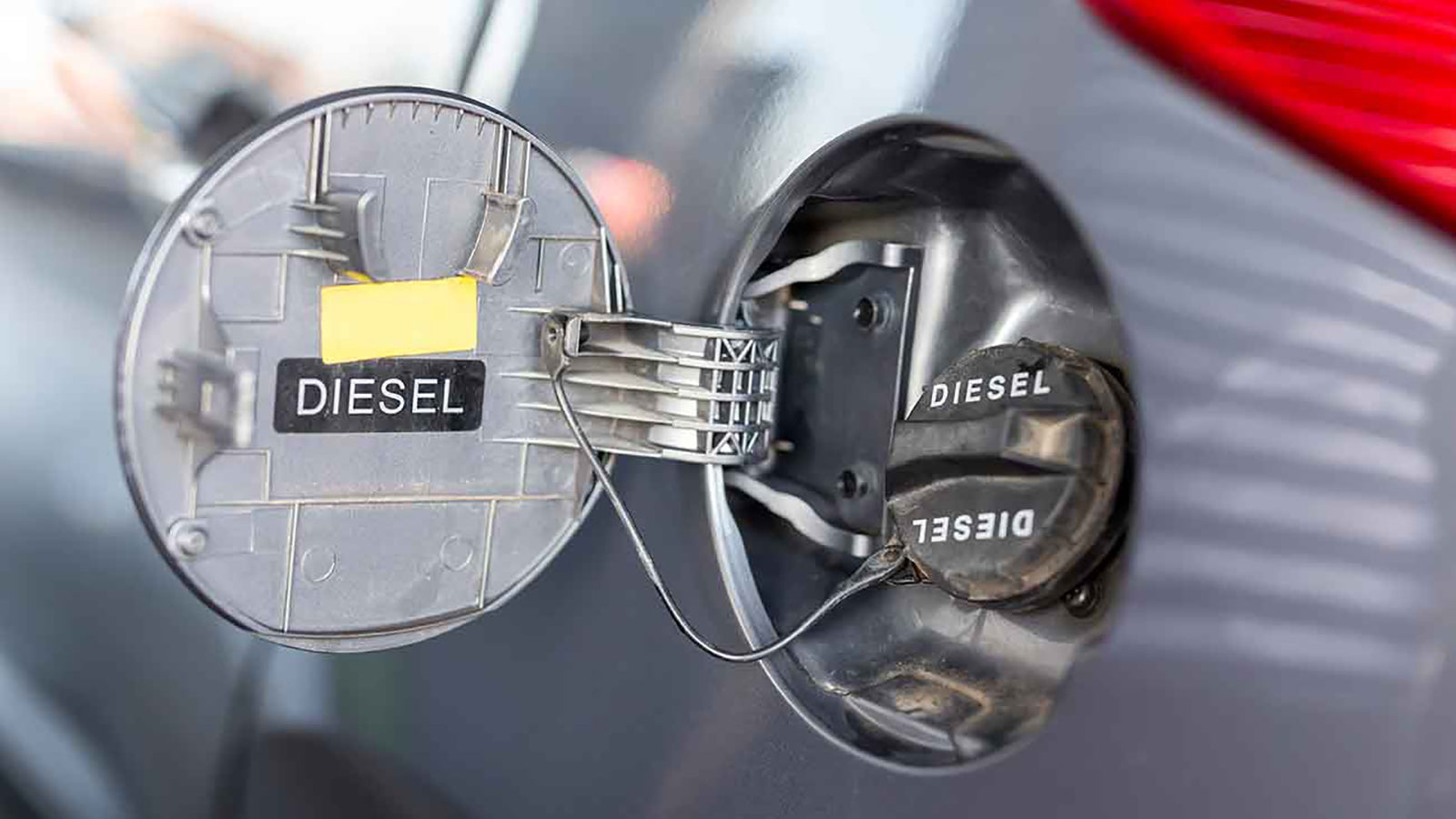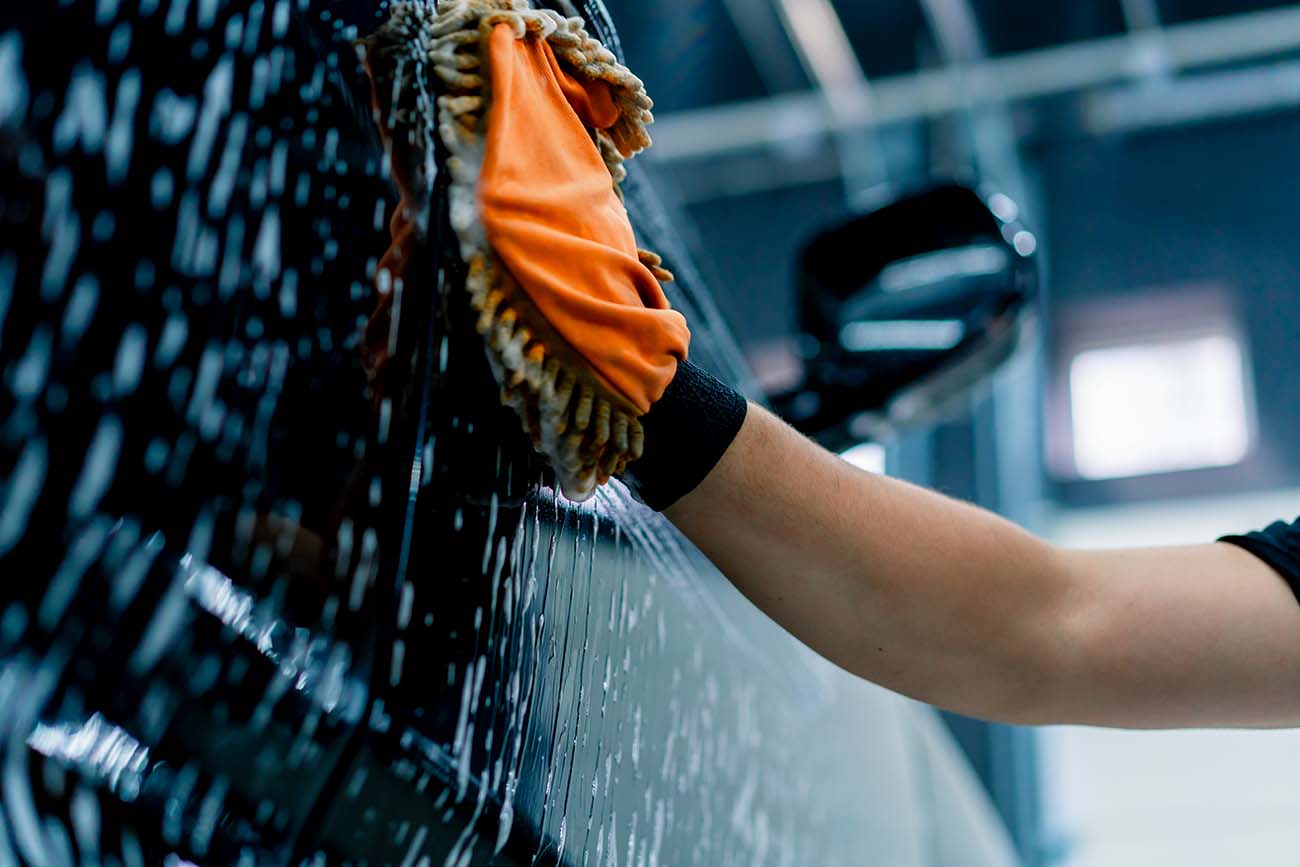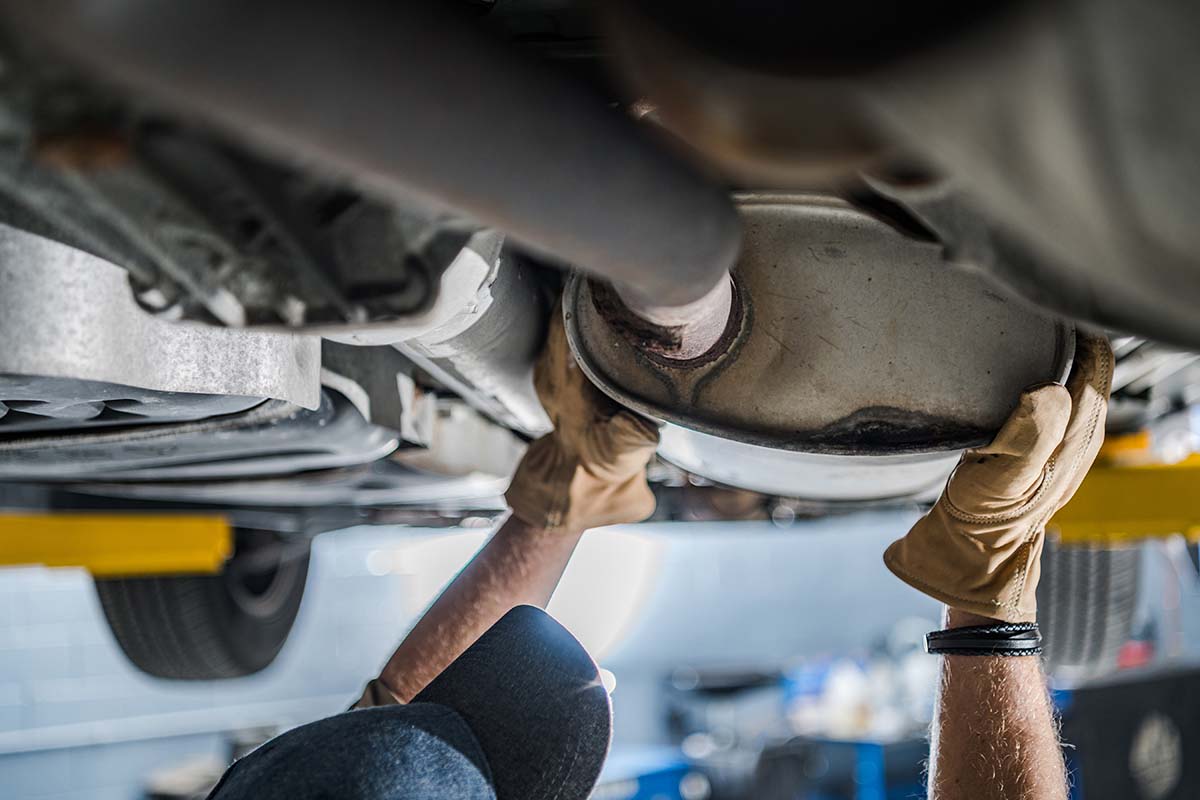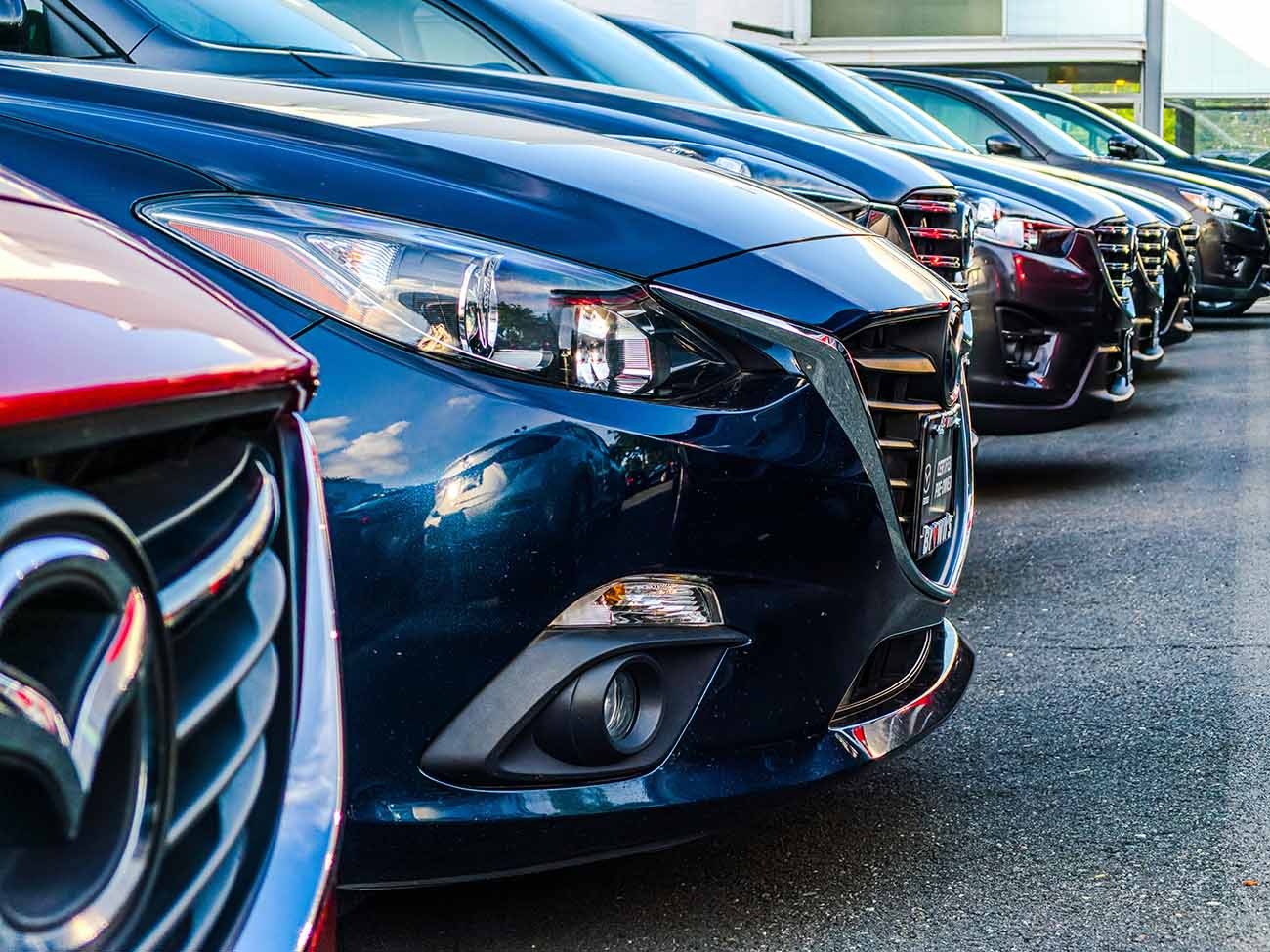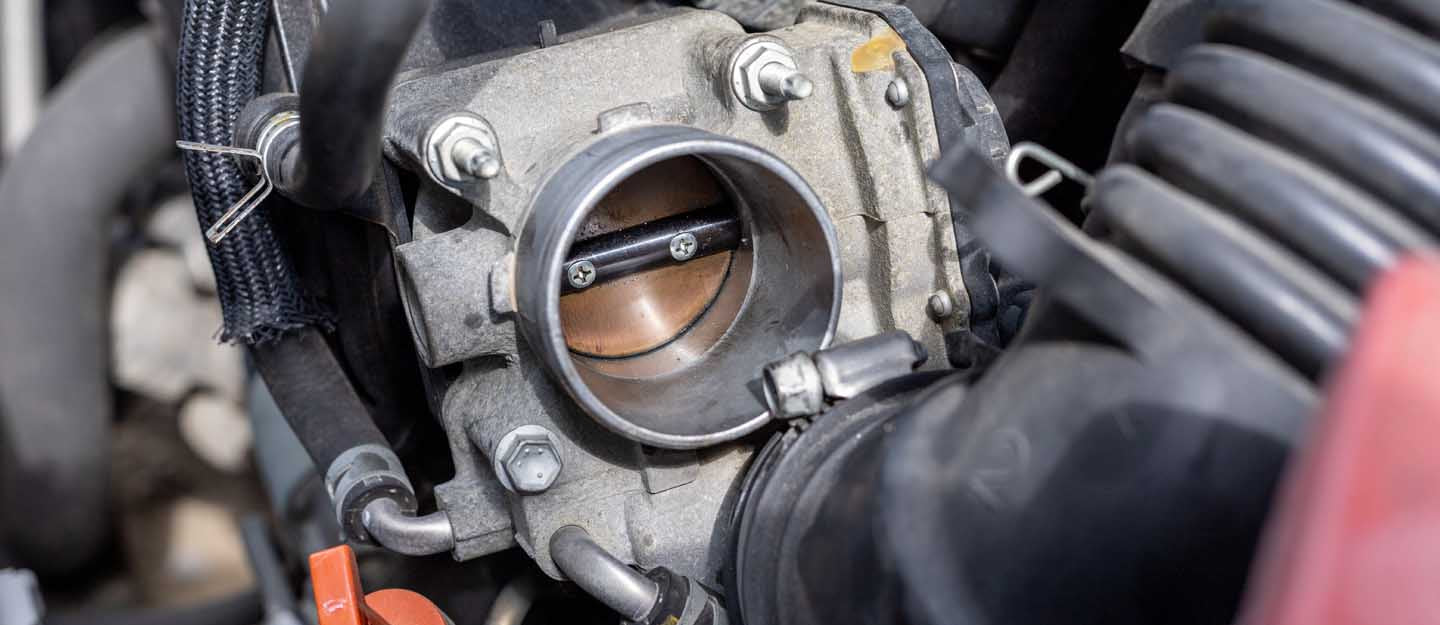How to Adjust Your Gas Pedal Sensitivity?
Cansu ErdalShare
Gas pedal sensitivity plays a crucial role in the driving experience, affecting how quickly and smoothly your vehicle accelerates. Whether you drive a car with throttle cables or a modern vehicle with electronic throttle control, adjusting the gas pedal sensitivity makes a noticeable difference in how your vehicle accelerates and responds to your inputs.
In this article, we will explore how to adjust gas pedal sensitivity for cars with throttle cables and modern cars with electronic throttle systems. So, if you want to improve your driving experience, all you need to do is read this article till the end and learn how to adjust gas pedal sensitivity!
How to Adjust Gas Pedal Sensitivity of Cars with Throttle Cable?
Cars with throttle cable mechanisms are typically older models or specific performance vehicles that utilize cable mechanics, in other words, traditional mechanical systems for throttle control. More specifically, in older cars, the throttle cable is a physical connection between the accelerator pedal and the throttle body, controlling the amount of air entering the engine. Here is a step-by-step process for adjusting the gas pedal sensitivity of cars with throttle cables:
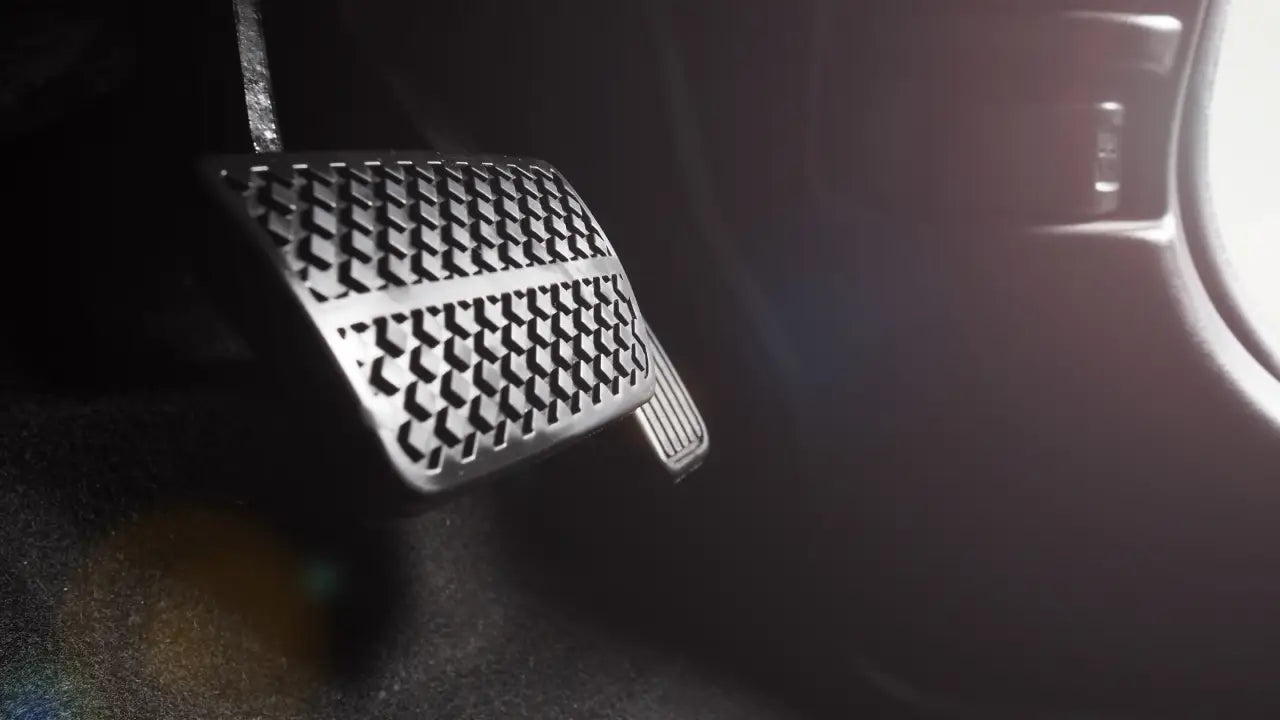
- Locate the Throttle Cable: Find the throttle cable, which connects the gas pedal to the throttle body. It’s usually located in the engine bay and runs alongside other cables and hoses.
- Identify the Adjustment Mechanism: Look for the adjustment mechanism near the throttle body or gas pedal assembly. It typically involves a threaded rod or nut that can be turned to adjust the tension of the throttle cable.
- Understand the Current Sensitivity: Before making any adjustments, get a sense of how the car responds to different levels of pedal pressure. Note the responsiveness when lightly pressing the pedal versus applying more pressure.
- Prepare the Car: Park the car on a level surface, engage the parking brake, and turn off the engine for safety.
- Adjust the Cable Tension: Use the appropriate tool (e.g., wrench or screwdriver) to loosen the lock nut on the adjustment mechanism. Then, turn the threaded rod or nut to increase or decrease the tension on the throttle cable.
- Increasing Sensitivity: Tighten the adjustment mechanism to reduce slack in the throttle cable. This results in a more immediate response when pressing the gas pedal.
- Decreasing Sensitivity: Loosen the adjustment mechanism to introduce more slack in the cable, creating a smoother and less responsive feel.
- Test the Adjustment: Start the engine and test the gas pedal sensitivity. Gradually press the pedal and observe how the car responds. Make further adjustments as needed until you achieve the desired sensitivity.
- Lock-in Adjustment: Once you’ve achieved the desired sensitivity, tighten the lock nut on the adjustment mechanism to secure the setting.
- Final Test Drive: Take the car for a test drive to evaluate the gas pedal’s responsiveness in real-world conditions. Pay attention to acceleration and throttle control in various driving scenarios.
How to Adjust Gas Pedal Sensitivity of Modern Cars with Electronic Throttle Systems?
Modern cars with electronic throttle systems, also known as electronic throttle control (ETC) or drive-by-wire systems, have placed traditional throttle cables, also known as cable mechanics, with electronic sensors and actuators to control the engine throttle valve. Modern cars with electronic throttle systems use electronic sensors to detect the position of the accelerator pedal, which is transmitted to the Electronic Control Unit (ECU).

Here is a step-by-step process for adjusting the gas pedal sensitivity of modern cars with electronic throttle systems:
- Diagnostic Tool: To adjust the throttle sensitivity, you’ll need a diagnostic tool to communicate with your car’s electronic control unit (ECU). This tool allows you to access and modify throttle sensitivity parameters.
- Access the Electronic Control Unit (ECU): Locate the diagnostic port in your car, usually found under the dashboard or near the driver’s side. Connect the diagnostic tool to this port, following the instructions provided with the tool.
- Software Interface: Once connected, use the software interface provided with the diagnostic tool to communicate with the car’s ECU.
- Throttle Sensitivity Settings: Within the software interface, navigate to the section related to throttle sensitivity or throttle response. Depending on the diagnostic tool and your car’s make and model, this section may be labeled differently.
- Adjustment Parameters: Within the throttle sensitivity settings, you’ll typically find parameters such as throttle response curve, sensitivity levels, and pedal mapping. These parameters control how the car responds to input from the gas pedal.
- Adjust Throttle Response Settings: Use the software interface to modify the throttle response settings according to your preferences. Many options exist to increase or decrease throttle sensitivity levels or fine-tune pedal mapping.
- Test Drive: Take the car for a test drive to evaluate the gas pedal’s responsiveness with the adjusted throttle sensitivity. Pay attention to acceleration and throttle control in various driving scenarios.
Adjust Your Gas Pedal Sensitivity with Pedal Commander®
Even if you can change gas pedal sensitivity or throttle response with tuners or programmers, you need a throttle controller if you want a reliable and easy way to change your throttle’s sensitivity. Electronic throttle response controllers are the best method for fine-tuning throttle response sensitivity. Why? If you get a quality one, like Pedal Commander®, you get 4 modes and 36 settings to fine-tune your throttle on the fly. What’s better is it won’t leave flags on your ECU, making it warranty-friendly.
Pedal Commander® is designed to make the engine respond faster to inputs from the accelerator pedal, eliminating throttle lag from your pedal. If you have just 10-15 minutes, you can easily install Pedal Commander® on your own. This means you don’t have to pay an extra fee for professional help.
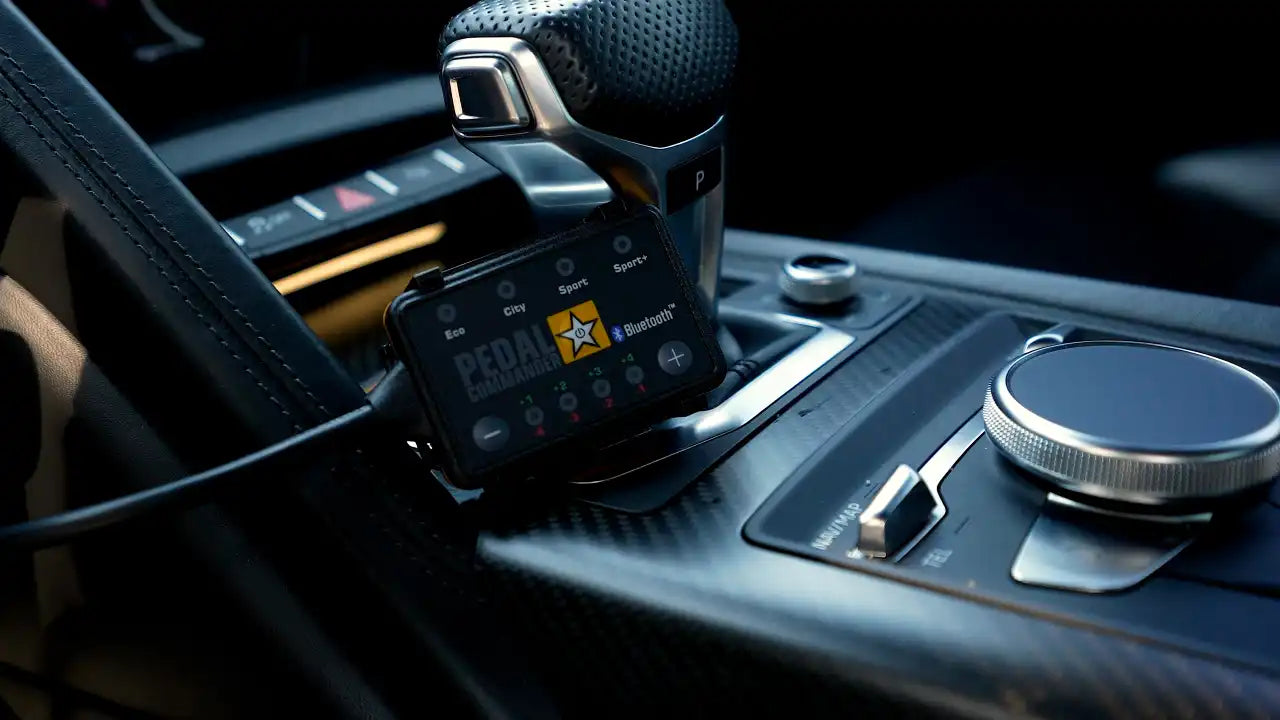
Moreover, Pedal Commander® has a user-friendly mobile app and Bluetooth control thanks to its advanced technology. So, you can easily customize your gas pedal sensitivity with the Pedal Commander® app whenever you want. Also, Pedal Commander® offers four adjustable driving modes (Eco mode, City mode, Sport mode, and Sport+), a 30-day money-back guarantee, amazing customer service, and a 2-year warranty.
As you can see, we can describe Pedal Commander® as a complete price and performance device. This is because it has very practical and reliable specifications at an affordable price ($299.99). If you want to unleash the wild beast within your vehicle, all you need to do is adjust your gas pedal sensitivity with Pedal Commander®!
FAQs About Gas Pedal Sensitivity
How does gas pedal sensitivity affect fuel efficiency?
Gas pedal sensitivity can impact fuel efficiency by influencing how aggressively the engine responds to throttle input. A more sensitive pedal may result in quicker acceleration but can lead to higher fuel consumption if not used judiciously.
Why is gas pedal sensitivity important?
Gas pedal sensitivity affects the driving experience and performance of the vehicle. Properly adjusted sensitivity can provide smooth and predictable acceleration, improving overall driving control and comfort.
How can I tell if my gas sensitivity needs adjustments?
Signs that your gas pedal sensitivity may need adjustment include delayed or sluggish acceleration, inconsistent response to pedal inputs, or a jerky or overly sensitive throttle.



